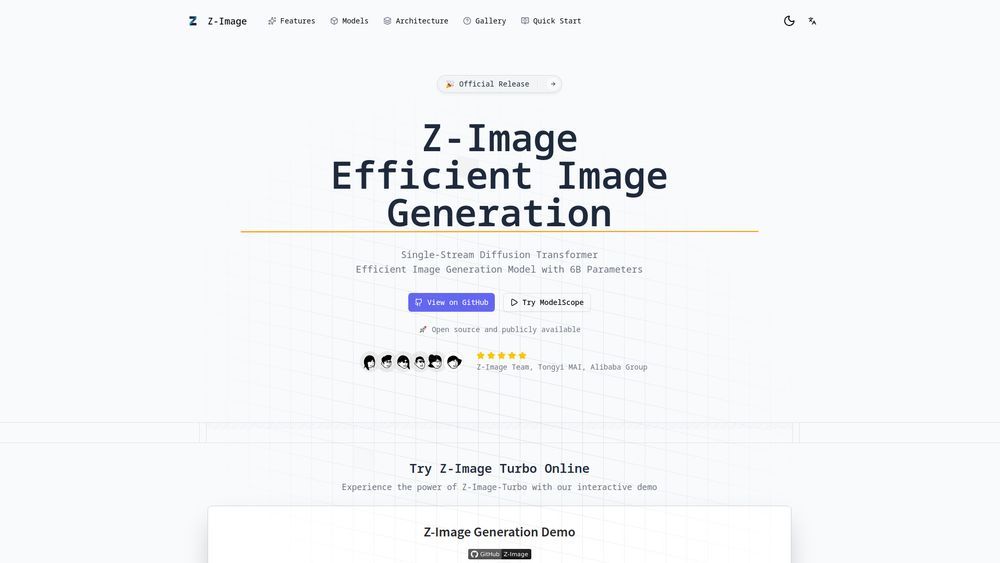What is Deepseek OCR
DeepSeek OCR is a next-generation document intelligence system that utilizes context optical compression to achieve state-of-the-art performance. It is a two-stage transformer-based system designed to compress page images into compact vision tokens, which are then decoded by a high-capacity mixture-of-experts language model. This approach allows for near-lossless understanding of text, layout, and diagrams across over 100 languages.
How to use Deepseek OCR
- Deploy locally with GPUs: Clone the DeepSeek OCR GitHub repository, download the safetensors checkpoint, and configure PyTorch 2.6+ with FlashAttention. Base mode requires 8–10 GB GPUs, while Gundam tiling benefits from 40 GB A100s.
- Call via API: Utilize DeepSeek’s OpenAI-compatible API endpoints to submit images and receive structured text. Pricing is based on token billing.
- Integrate into workflows: Convert OCR outputs to JSON, link SMILES strings to cheminformatics pipelines, or auto-caption diagrams using the structured results.
Features of Deepseek OCR
- Context Optical Compression: Compresses high-resolution documents into lean vision tokens, enabling long-document ingestion with reduced compute requirements.
- Multilingual Support: Covers over 100 languages, including Latin, CJK, Cyrillic, and specialized scientific scripts.
- DeepSeek OCR Vision Encoder: Combines a windowed SAM vision transformer with a dense CLIP-Large encoder for detailed glyph and global layout understanding.
- DeepSeek OCR Mode Selector: Offers precision tuning between speed and fidelity with modes ranging from Tiny to Gundam.
- Structured Output: Generates HTML tables, Markdown charts, SMILES chemistry strings, and geometry annotations.
- GPU Efficiency: Achieves high throughput, with approximately 200k pages per day on a single NVIDIA A100 GPU.
- Open-Source: MIT-licensed weights allow for on-premises deployment.
Use Cases of Deepseek OCR
- Scanned Books & Reports: Compress thousands of words per page into compact tokens for search, summarization, and knowledge graph pipelines.
- Technical Diagrams & Formulas: Extract geometry reasoning, engineering annotations, and chemical SMILES from visual assets for scientific analysis.
- Multilingual Dataset Creation: Build global corpora across 100+ languages for training downstream language models.
- Document Conversion Apps: Embed into platforms for invoice, contract, or form processing to emit layout-aware JSON and HTML.
Pricing
- MIT Open-source: Free to download and operate locally with the safetensors checkpoint.
- API Token Economics: Hosted access follows DeepSeek’s token pricing (approximately $0.028 per million input tokens for cache hits).
FAQ
- How does DeepSeek OCR compress long documents? It slices pages into patches, applies 16× convolutional downsampling, and forwards 64–400 vision tokens to the MoE decoder, retaining layout cues while reducing context size.
- Which GPUs power DeepSeek OCR effectively? NVIDIA A100 (40 GB) offers peak throughput (~200k pages/day). RTX 30-series cards with ≥8 GB VRAM can handle Base mode.
- Does DeepSeek OCR handle handwriting? Handwriting is not a core focus; performance is limited compared to specialized cursive OCR tools. It can be paired with handwriting engines.
- Can DeepSeek OCR preserve tables and charts? Yes, it shows near-lossless HTML/Markdown reproduction for tables and chart structures.
- How multilingual is DeepSeek OCR? It covers roughly 100 languages, including Latin, CJK, Cyrillic, and scientific notation.
- What output formats can DeepSeek OCR produce? Plain text, HTML, Markdown, structured JSON, SMILES chemistry strings, and contextual captions.
- Is DeepSeek OCR safe for regulated industries? Local deployment keeps data on-prem under the MIT license. API usage requires consulting compliance guidance.




